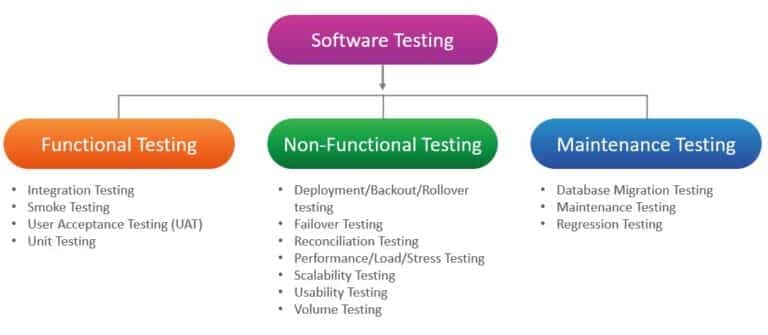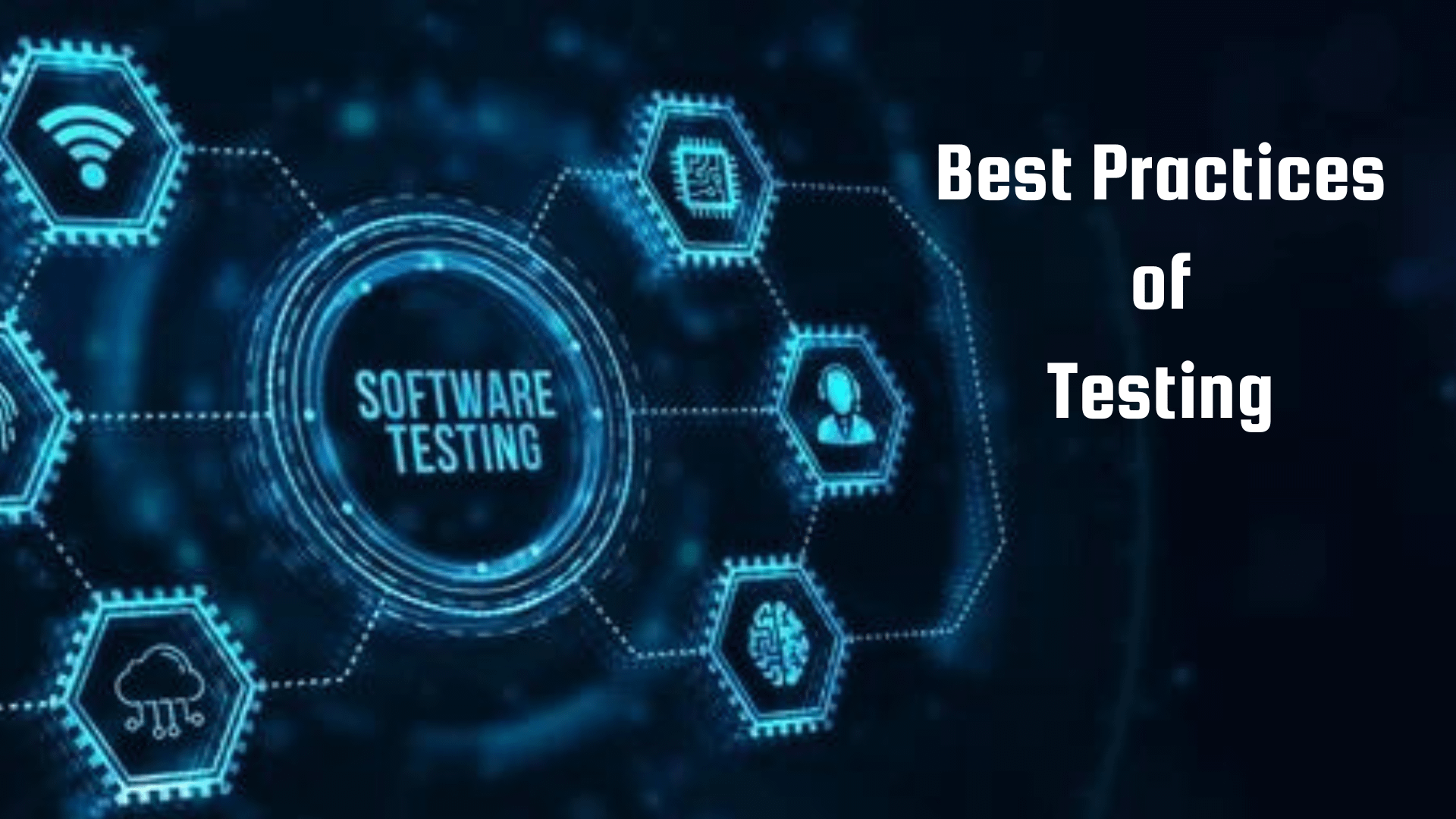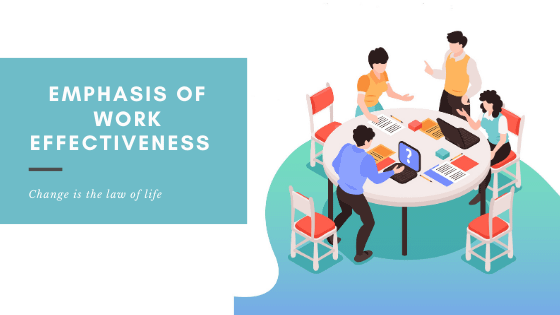What is Camunda? In case you are new to Camunda, it is an open-source workflow and decision automation tool that helps us build workflow management...
An Overview
Extensive research has uncovered the primary factors behind the failures of many software startups, with poor quality assurance practices during the software development process emerging as a major contributor. The primary objective of conducting rigorous quality assurance tests is to avert the launch of subpar products. Even small oversights that go unnoticed can result in substantial financial setbacks.
A good testing approach encompasses the application programming interface (API), user interface and system levels. As well, the more tests that are automated, and run early, the better.
Below are some best practices in testing that, when diligently adhered to, contribute to the creation of software products that are virtually free of bugs and defects.
1. Start Testing Early:
– Begin testing during the development process, even before a complete product is available. Early testing includes reviewing requirements, code inspections, and conducting initial unit tests to detect and fix issues at the earliest stages.
– Detecting and fixing issues early in the development process is generally more cost-effective than addressing them later. As development progresses, the cost and effort required to fix defects tend to increase.
– Early testing helps ensure that the software meets quality standards and requirements from the beginning, reducing the likelihood of critical defects in the final product.
2. Define Clear Testing Objectives:
– Clearly state the purpose of your testing efforts, such as finding defects, ensuring compliance with requirements, or assessing performance. Define measurable criteria for success, like test coverage, defect closure rates, or performance benchmarks.
3. Use a Variety of Testing Types:

a. Unit Testing:
Unit testing is the process of evaluating the smallest, testable parts of a software application, known as “units” or “components.” A unit can be a single function, method, or module, and the purpose of unit testing is to ensure that these individual components work as expected in isolation.
b. Functional Testing:
Functional testing is a type of software testing that evaluates the functional aspects of a software application. It is designed to confirm that the software’s features and functions behave correctly, perform their intended tasks, and meet the defined requirements.
c. Integration Testing:
Integration testing is a testing phase in the software development life cycle where individual units or components of a software application are combined and tested as a group. The goal is to verify that these integrated components interact correctly, exchange data, and maintain their expected behaviors when they are connected to form a larger system
d. Regression Testing:
Regression testing is a type of software testing that is performed to confirm that recent code changes, such as new features, bug fixes, or enhancements, do not negatively impact existing functionality. It involves re-running existing test cases to check for regressions, which are unintended side effects that can result from code modifications.
e. Performance Testing:
Performance testing is a category of software testing that focuses on assessing the speed, responsiveness, scalability, stability, and resource utilization of a software application under different circumstances and loads.
f. Security Testing:
Security testing is a form of software testing that evaluates the security features of an application to identify potential vulnerabilities, security weaknesses, and threats. It aims to ensure the confidentiality, integrity, and availability of the application and its data.
g. Usability Testing:
Usability testing is a type of software testing that evaluates how easy and efficient it is for users to interact with the application. It involves observing real users as they perform tasks, providing feedback on their experiences, and identifying areas where the software can be improved for better user satisfaction.
4. Automate Testing:
– Automate repetitive and high-volume tests using testing frameworks (e.g., JUnit, Selenium) and continuous integration tools (e.g., Jenkins, Travis CI). Automation ensures that tests are executed consistently and quickly.
5. Test with Real Data:
– Testing with real data is a software testing approach where genuine, production-like data is used during testing to evaluate how the software behaves when interacting with real-world information and conditions. It aims to identify potential issues related to data handling, processing, and integration.
6. Create Test Plans and Test Cases:
– A Test Plan is a comprehensive document that outlines the overall strategy and approach for testing a software application. It defines the scope, objectives, resources, and schedule for testing and serves as a guide for the entire testing process.
7. Prioritize Testing:
-Prioritizing testing is the process of determining the order in which tests are executed based on their relative importance, risk, and impact on the project’s goals and objectives.
8. Use Version Control:
– Utilize version control systems (e.g., Git) to track changes in both the code and the test cases. This helps you understand when and why defects were introduced and provides a stable baseline for testing.
9. Perform Continuous Testing:
– Integrate testing into your development pipeline. Automated tests are executed every time new code is committed, ensuring that defects are caught early and reducing the likelihood of integration issues.
10. Document and Report Issues:
– When defects are discovered, document them in a bug tracking system (e.g., Jira, Bugzilla). Include details like the steps to reproduce, the severity, and the expected vs. actual results. Clear documentation helps in issue resolution.
11. Test Environment Isolation:
– Ensure that the testing environment closely matches the production environment to minimize discrepancies. This involves using similar hardware, software configurations, and data.
12. Review Test Results:
– Regularly review test results to identify patterns, trends, and root causes of defects. Analyzing this data helps improve the development process and avoid recurring issues.
13. Collaboration and Communication:
– Foster open and effective communication among team members, including developers, testers, product owners, and business stakeholders. Clear communication ensures everyone understands testing goals and progress.
14. Continuous Learning:
– Encourage team members to stay updated on new testing techniques, tools, and industry best practices. Attend conferences, workshops, and online courses to enhance testing knowledge and skills.
15. Non-Functional Testing:
– Pay attention to non-functional aspects like performance, security, and usability. Performance testing, for example, can reveal bottlenecks, while security testing helps protect against threats and data breaches.
16. User Acceptance Testing (UAT):
– Involve end-users or stakeholders in the testing process, allowing them to validate that the software meets their expectations and functional requirements.
17. Test Data Management:
– Manage test data carefully, ensuring it is up-to-date, representative, and anonymized when necessary to comply with data privacy regulations.
18. Exit Criteria:
– Clearly define what conditions must be met for testing to be considered complete. These criteria may include a certain level of test coverage or the resolution of critical defects.
19. Continuous Improvement:
– After each testing cycle, conduct a retrospective meeting to evaluate the testing process. Identify areas for improvement, adjust testing strategies, and implement lessons learned in subsequent iterations.
20. Regression Test Suites:
– Maintain a set of regression tests that cover core functionalities and execute them whenever there are code changes. This helps ensure that new features or bug fixes don’t inadvertently introduce new defects.
In conclusion, adopting best practices in testing is paramount to ensuring the highest quality and reliability of software products. By following these principles, teams can minimize defects, improve user satisfaction, and ultimately deliver successful and bug-free solutions to the market.
Leave a Reply Cancel reply
Next Story
No story to show!
Related Posts
The term ‘Work-Life balance’ is not exactly correct as it connotes a sense of opposing factors. In reality, it need not be as in...
Change is the law of life – John F. Kennedy The landscape of how we all knew about work has changed in subtle and yet...




